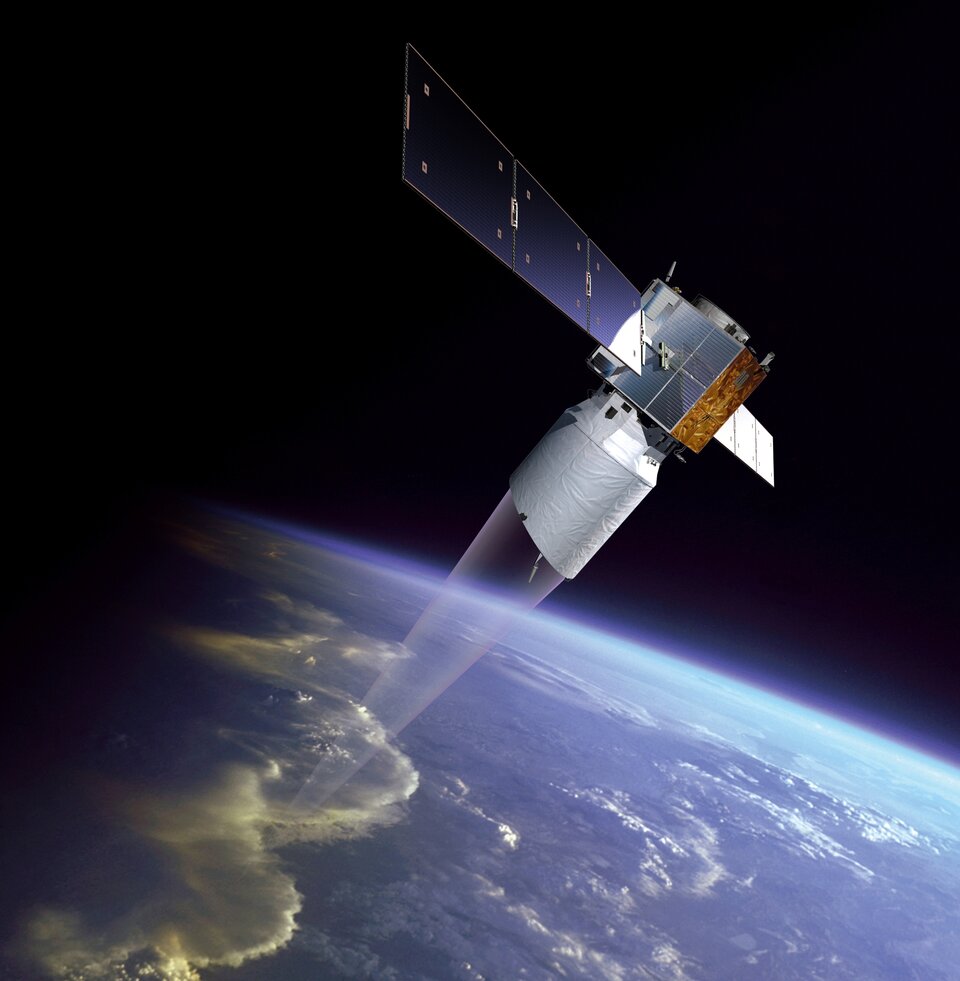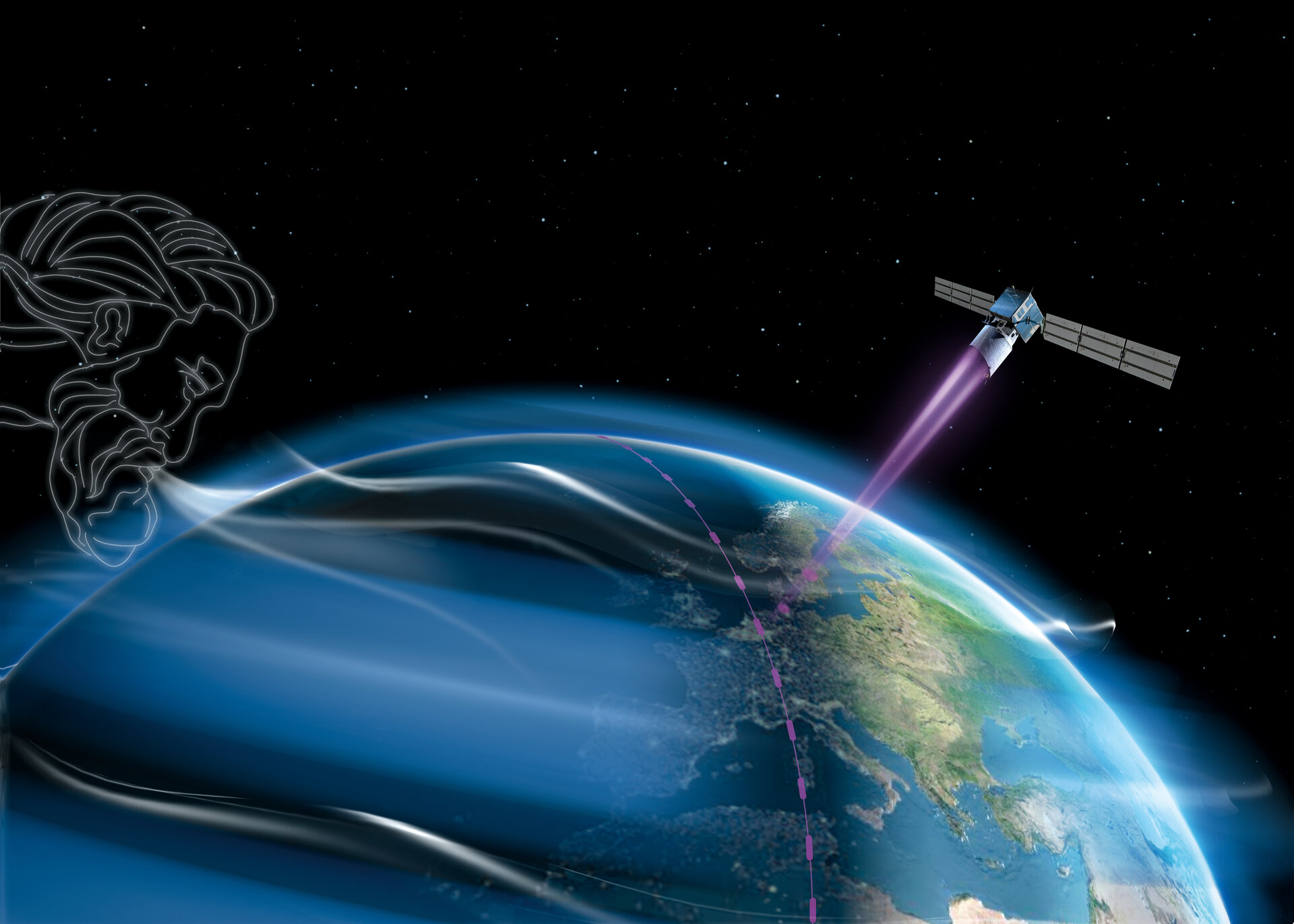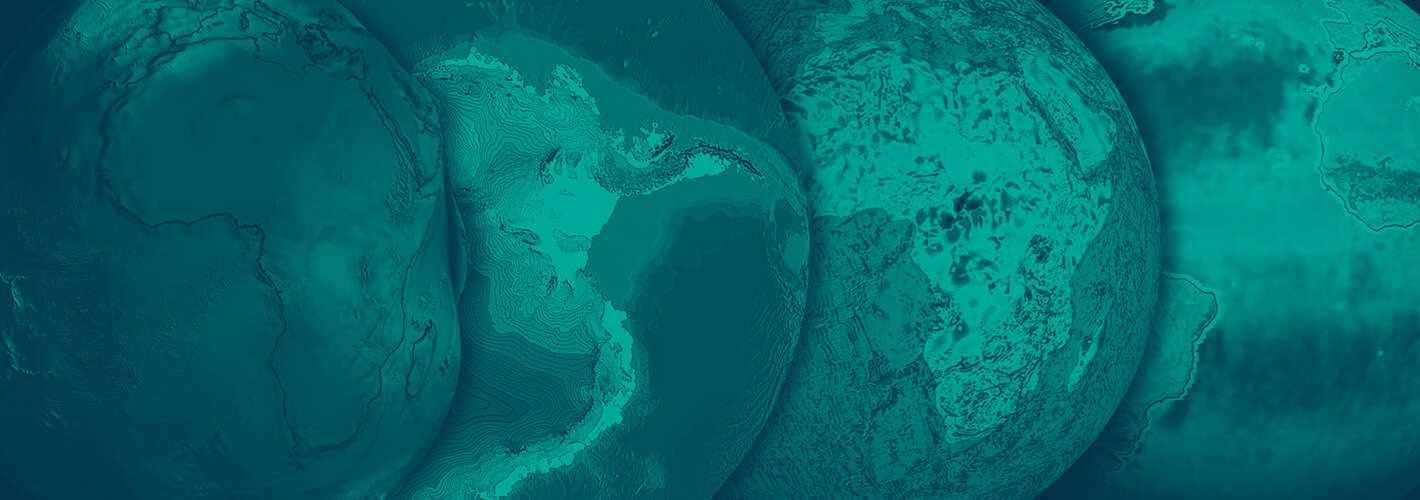Scientists and engineers meet to further ESA’s wind mission
Almost 100 scientists and engineers from all over the world gathered at ESA-ESTEC in Noordwijk, the Netherlands to take part in a workshop dedicated to the Atmospheric Dynamics Mission ADM-Aeolus, one of the upcoming ESA Earth Explorer missions.
The workshop took place on 26-28 September and brought together scientists and engineers involved in lidar anemometry as well as data users. The event provided the forum to discuss the progress of the mission – called ‘Aeolus’ for short, its overall science objectives, algorithms, products and its potential applications along with other lidar concepts.
Due for launch in late 2008, Aeolus is designed to make novel advances in global wind-profile observation and provide much-needed information to improve weather forecasting, and advance our understanding of atmospheric dynamics and climate processes. The mission will be demonstrating the capacities of new laser technology in space by using an innovative instrument called ALADIN (Atmospheric Laser Doppler instrument). Aeolus will lead to future operational missions to provide vertical profiles of the Earth’s wind fields in the troposphere and lower stratosphere for the benefit of numerical weather prediction and atmospheric research. Through Aeolus, tropical circulation and more general transport properties of the troposphere and lower stratosphere will be determined.

The success of the workshop this week marks a significant milestone in the development of the mission by providing the forum for interested parties to review and address the Aeolus system, its operations and validation. However, the main focus of the workshop was on the science and application aspects of the mission. Throughout the three-day event the topics of atmospheric dynamics, numerical weather prediction (NWP), climate processes and atmospheric chemistry were discussed at length. In particular, organisations such as the World Meteorological Organization (WMO), the Global Energy and Water Cycle Experiment (GEWEX) and numerous weather prediction centres were able to address their links to the mission.
A number of papers estimated the benefits to Numerical Weather Prediction (NWP) expected from Aeolus data. All expected positive results. Some of the expectations are very encouraging. European Centre for Medium-Range Weather Forecasts (ECMWF), for example, demonstrated that the impact of Aeolus could be almost equivalent to the impact of the radiosonde network. Aeolus alone can be expected to produce about a six hour forecast improvement in the northern hemisphere and more in the south.

Other papers discussed benefits expected from Aeolus in the stratosphere. Aeolus should illuminate several processes of importance both to NWP and to climatology for which existing data are very sparse. The Executive is preparing an Announcement of Opportunity for Validation proposals to be released in spring 2007. A session was devoted to Calibration and Validation. It was recommended to set up a Validation Steering Group under the control of the Mission Advisory Group. The activity for Aeolus will involve many meteorological services as well as specific campaigns with ground and airborne Doppler Wind Lidar (DWL) instruments, sondes, and other instrumentation. Meteo France has already defined its Calibration/Validation activities, has obtained funding and is starting the necessary technical preparation.
There was Eumetsat and US interest in possible implementation of additional ground stations to improve data latency times. Users seemed happy that the system design of Aeolus allows late changes in ground station topology without major system impacts.
Finally, there was very broad and vocal support for a programme of DWL satellites between the end of life of Aeolus and the start of post EPS. This support is reflected, for example, in the formal resolution of the Global Climate Observing System which recommends planning for a follow-on mission.
Dr. Peter Dubock, ESA’s Project Manager, said he was extremely pleased to see the level of user support for the mission. He was particularly gratified at the level of user support for a follow-on programme shortly after Aeolus. The lead which Europe has in this important but difficult field was likely to be maintained.
Presentations from the workshop will be available on the ADM-Aeolus website shortly.






